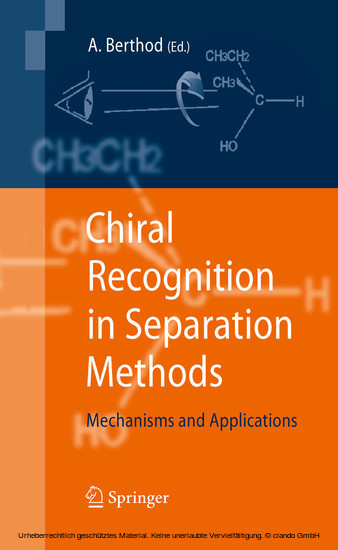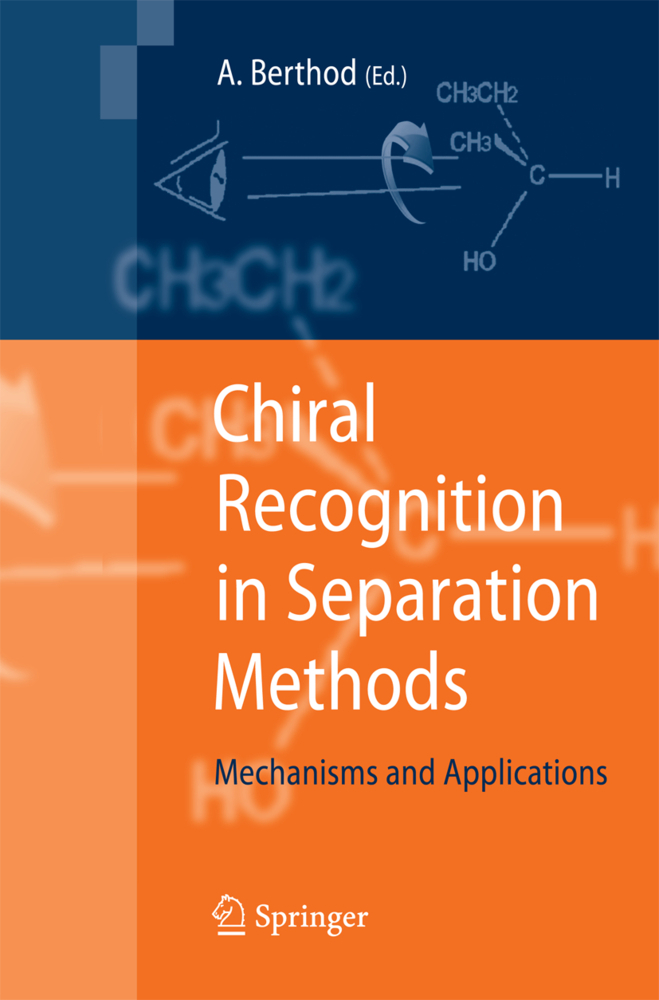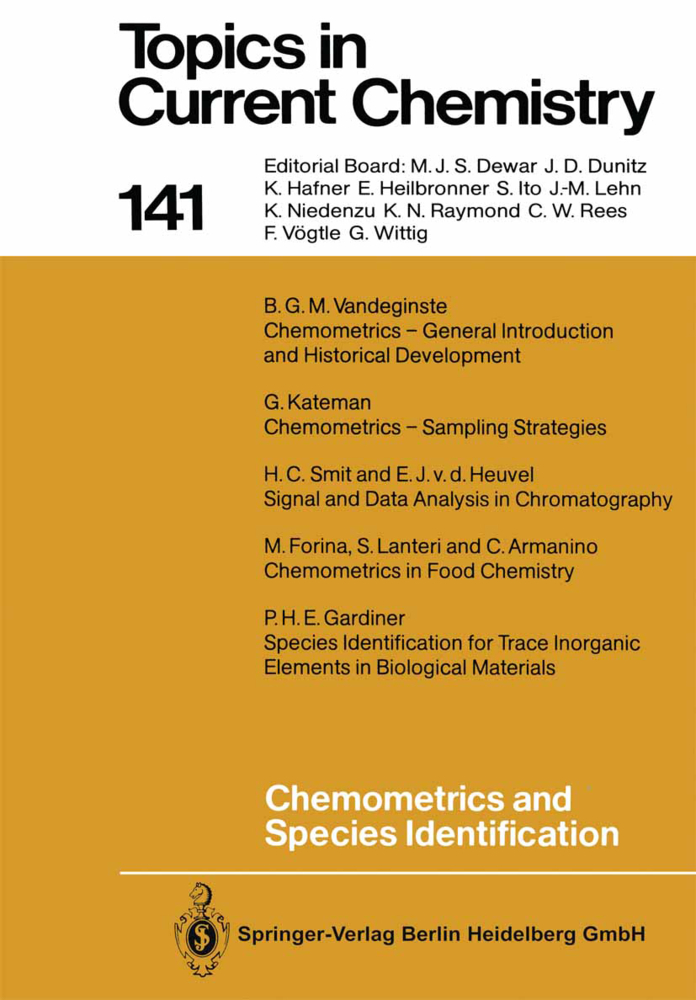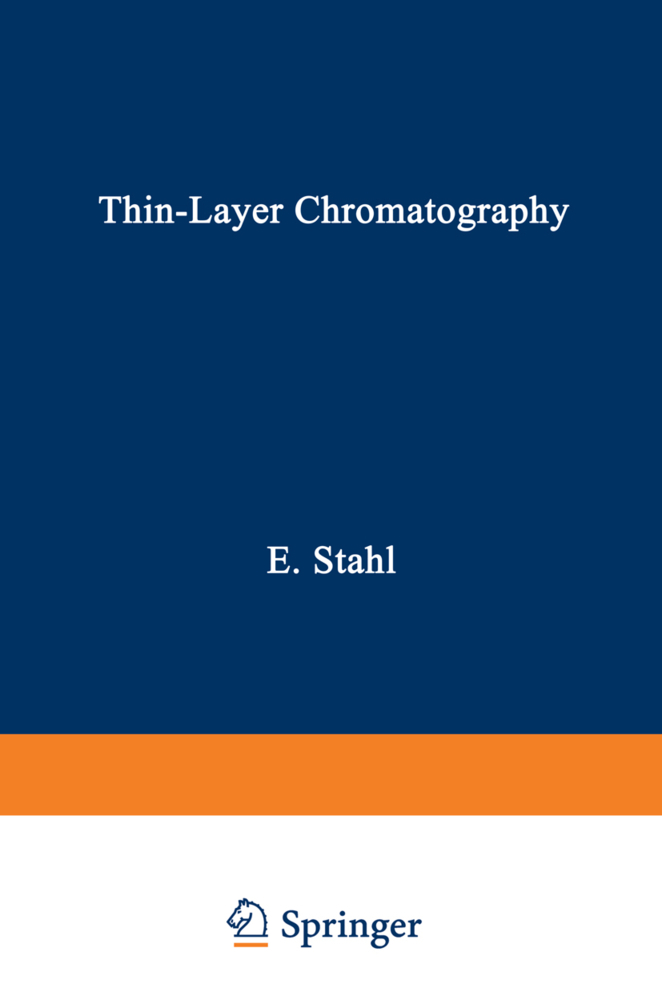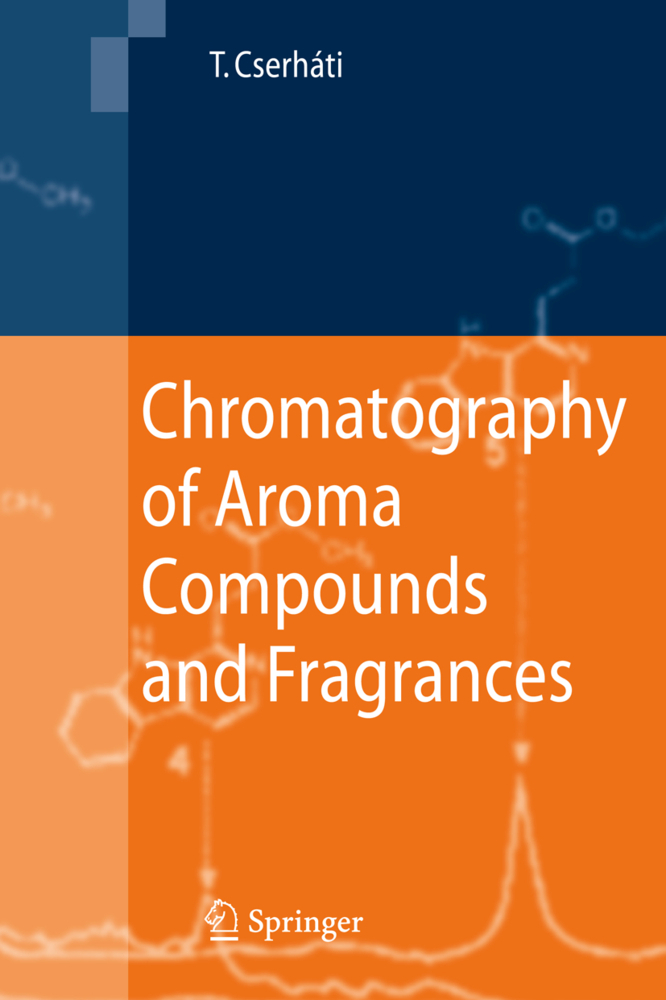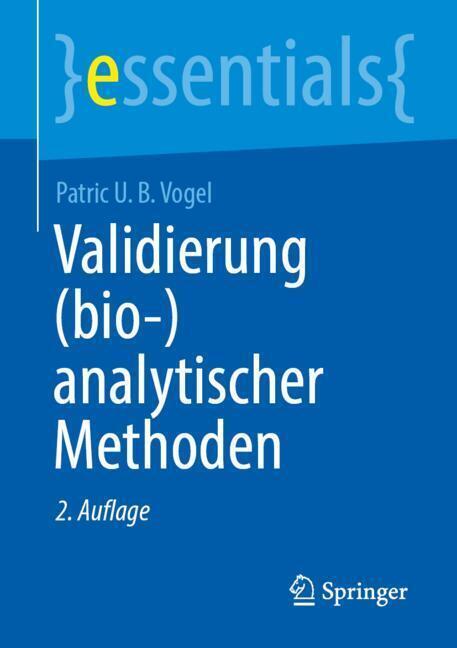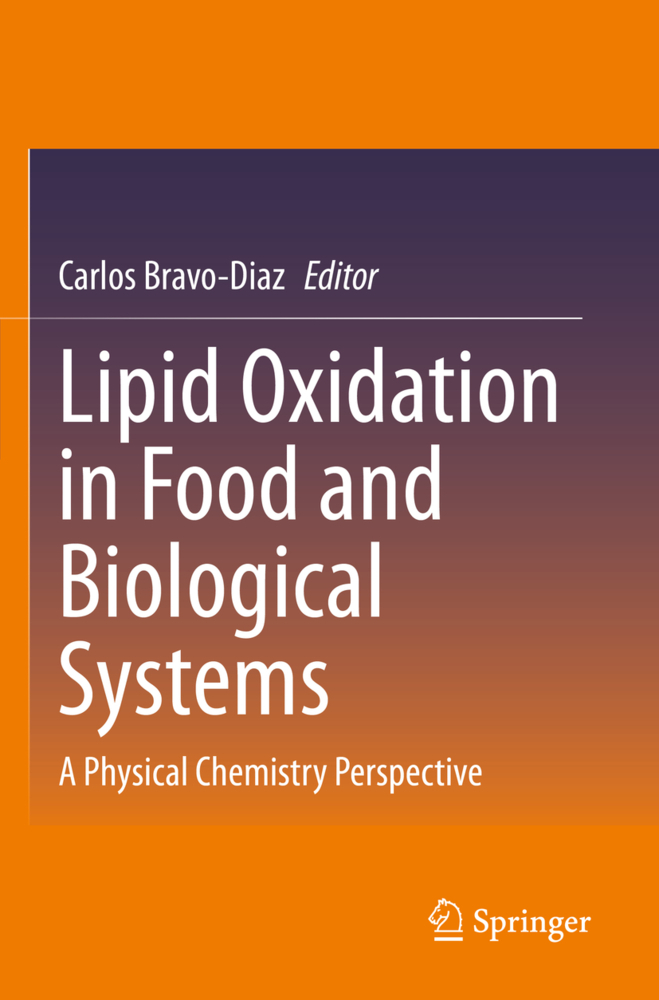Chiral Recognition in Separation Methods
Mechanisms and Applications
The importance of chiral selection both for preparative as well as analytical separations, particularly for pharmaceutical applications, is underlined by numerous publications in this field. Here, for the first time a team of experienced experts from industry and academe presents a comprehensive review of the various mechanisms of chiral selection. A better understanding of these mechanisms is crucial for the improvement of separation processes and the development of new applications. Coverage of this book includes different separation methods, such as liquid chromatography, capillary electrophoresis, or the application of chiral ionic liquids. Various chiral selectors are discussed, including bonded cyclodextrins and polysaccharide-based selectors.
Description and evaluation of chiral interactive sites on bonded cyclodextrin stationary phases for liquid chromatography
Cyclofructans, a new class of chiral stationary phases
Chiral recognition and enantioseparation mechanisms in capillary electrokinetic chromatography
Chiral recognition mechanism: practical considerations for pharmaceutical analysis of chiral compounds
Chiral recognition with macrocyclic glycopeptides: mechanisms and applications
Vancomycin molecular interactions: antibiotic and enantioselective mechanisms
Enantioselective recognition in solution: the case of countercurrent chromatography
Enantioselective properties of nucleic acid aptamer. Molecular recognition elements
Chiral ionic liquids in chromatographic separation and spectroscopic discrimination.
Chiral recognition mechanisms in enantiomers separations: a general view
Preparation and chiral recognition of polysaccharide-based SelectorsDescription and evaluation of chiral interactive sites on bonded cyclodextrin stationary phases for liquid chromatography
Cyclofructans, a new class of chiral stationary phases
Chiral recognition and enantioseparation mechanisms in capillary electrokinetic chromatography
Chiral recognition mechanism: practical considerations for pharmaceutical analysis of chiral compounds
Chiral recognition with macrocyclic glycopeptides: mechanisms and applications
Vancomycin molecular interactions: antibiotic and enantioselective mechanisms
Enantioselective recognition in solution: the case of countercurrent chromatography
Enantioselective properties of nucleic acid aptamer. Molecular recognition elements
Chiral ionic liquids in chromatographic separation and spectroscopic discrimination.
Berthod, Alain
| ISBN | 9783642124457 |
|---|---|
| Artikelnummer | 9783642124457 |
| Medientyp | E-Book - PDF |
| Auflage | 2. Aufl. |
| Copyrightjahr | 2010 |
| Verlag | Springer-Verlag |
| Umfang | 337 Seiten |
| Sprache | Englisch |
| Kopierschutz | Digitales Wasserzeichen |

